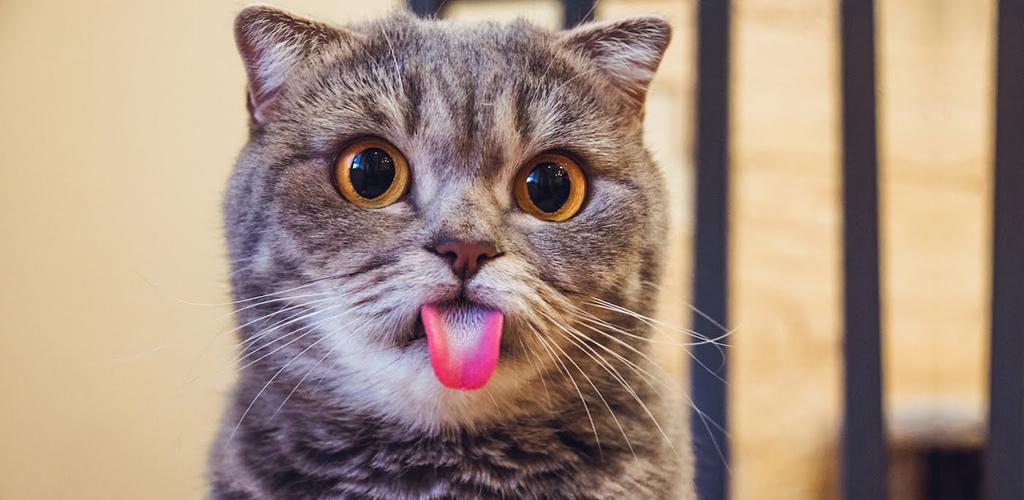Why cats have a rough tongue

Cat owners, no doubt, have been licked by their pet more than once. At this moment, it is impossible not to notice the roughness of the cat's tongue. What causes such a feature and why do animals need a rough tongue?
Features of the structure and functionality
Cats are very neat animals. No matter how thick and long their wool is, it always has a neat and well-groomed appearance. If you watch the pet, you will notice that it washes thoroughly several times a day and licks its wool cover. The roughness of the tongue plays an important role in such care.
This organ for a cat is a natural comb. This effect is achieved due to the keratinized papillae on its surface, directed towards the pharynx. Their appearance resembles hooks. From above, such points are covered with a layer of keratin, which also consists of human nails. For this reason, the manifestation of the animal's love, when it diligently licks its owner, can cause discomfort and even pain, because thin "hooks" scratch the skin like sandpaper.
Skillfully using this part of their body, pets remove fallen hair, parasites, garbage and comb out stray lumps. In addition, such growths on the surface of the tongue allow the animal to better separate meat from bones during a meal.
Interesting fact: Thanks to this feature of the structure of the tongue, cats feel the taste of food better than other animals. The "hooks" on it detain food in the mouth, which allows you to taste it.
The shape of a cat's tongue resembles a spoon, which is why it is so easy for representatives of the feline family to lap up liquid food. And it also serves as a heat dissipator. In extreme heat, cats stick their tongue out and begin to breathe frequently. This is how they cool their body.
By the way, dogs have a completely different language, its surface is smooth. These animals do not comb themselves, they are cared for by breeders and owners.
How to make it easier for a cat to take care of its fur?
We use a hair comb and regularly take care of this personal hygiene product. A similar approach is needed to the cat's tongue. Wool can get tangled between the hard papillae, which must be removed, otherwise it can cause serious harm to the health of a pet.
A significant part of the wool that the cat swallowed comes out with feces or vomit. If the stray wool lumps remain in the gastrointestinal tract, it is impossible to avoid the use of laxatives or even surgical intervention.
So that the animal does not swallow the wool, it needs help in taking care of itself. To do this, it is enough to regularly comb the cat's body with a brush, removing dead hairs. Then it will be easier for representatives of cats to comb themselves out without harm to health.
Not all cats use such positive characteristics of their language. Lazy overweight individuals prefer to be cared for by their owners, so they do not comb themselves. It is known that cats are more accurate than cats, the latter are much less likely to use their rough tongue as a comb.